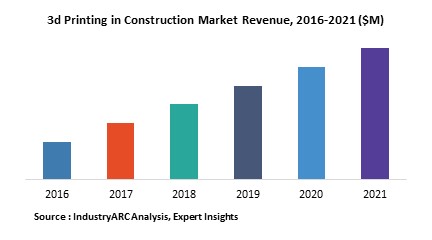Washing Machine Market Overview:
According to the International Trade Center (ITC), the total trade of washing machines was evaluated at $13.72 billion in 2018. This growth is attributed to the consumer affluence and the latest innovations occurring in the washing machine market such as bubble technology and drive technology. These factors are disrupting the overall washing machine market growth and gaining consumer traction as they lessen energy-consumption and fabric damage. The global washing machine market had a valuation of $37.11 billion as of 2018. Furthermore, the demand for washing machines is estimated to grow at a CAGR of 5.42% during the forecast period 2019-2025.
The report notes that North America has been witnessing high growth rate in the washing machine market recently. In 2018, North America recorded 36.84% of the global revenue share. Advancements in home appliances with growing possibilities of Internet of Things (IoT), the washing machines are among a variety of in-house tools saving energy while easing chores.
Washing Machine Market Outlook:
Based on their type of operation, a washing machine is categorized into semi-automatic and fully-automatic. A semi-automatic clothes washer needs human intervention to change the wet clothes from one tub to another, while the fully-automatic needs a single touch to start operation. Fully automatic laundry machines are power-efficient too.
Laundry is a regular practice among residential users. Owing to the design features and user-friendly operation, the residential washing machine market growth is poised to rise at a CAGR of 6.70% during the aforesaid forecast period. At present, residential washing machines, which consume less water and provide less human interventions to operate are in demand. The demand influx in the residential washing machine market is attributed to the consumer affluence and hectic lifestyle of the residential consumers.
Washing Machine Market Growth Drivers:
· Smart Technologies Invade the Washing Machine Market –
Convenience that does not compromise performance is being the top priority for the consumers.This is leading to the innovations of smart technologies in the home appliances market, especially in the washing machine industry. A few manufacturers are using smart technologies such as drive technology and bubble technology to tag the data and track the status of the items washed, whereas others are using to measure the performance indicators such as electricity, chemicals, and resources. Smart technology embedded clothe washers do not overrun, thereby saving time for consumers, especially for the commercial laundry businesses.
· Design Conquers Functionality –
Today, consumers treat appliances as a piece of furniture.The functionality of washing machines can be almost similar. The consumers are trying to blend the washing machines into their living spaces. When the functionality is same, the design that impacts the consumer emotions is the best-selling one in the market. These design features act as a growth drivers to the washing machine market. This is poised to be a major application driver in the washing machine market.
Washing Machine Market Trends –
· Building brand loyalty –
In order to differentiate their products from their peers, marketing teams of giant players are focusing on building their brand and gaining customer loyalty. These organizations are trying to connect emotionally with the consumers and highlight their fancy design elements of the washing machines. By building the brand loyalty, companies are trying to increase their washing machine market share.
· Acquisitions in the washing machine market –
In February 2018, Hughes Electrical acquired Armstrong which is a worldwide producer of commercial laundry equipment. This acquisition allows Hughes to open trade counters to provide domestic equipment to local businesses as well as to Armstrong customers.
Washing Machine Market: Key Players
Samsung Group, LG Electronics Inc., Whirlpool Corporation, Panasonic Corporation, Robert Bosch GmbH, Miele, Toshiba Corporation, Haier Group Corporation, Electrolux AB, BSH Hausgeräte GmbH, General Electric Company, Hisense Co. Ltd., and Hitachi, Ltd. are major players in the global washing machine market.
Washing Machine Market Research Scope:
The base year of the study is 2018, with forecast done up to 2025. The study presents a thorough analysis of the competitive landscape, taking into account the market shares of the leading companies. It also provides information on unit shipments. These provide the key market participants with the necessary business intelligence and help them understand the future of the washing machine market. The assessment includes the forecast, an overview of the competitive structure, the market shares of the competitors, as well as the market trends, market demands, market drivers, market challenges, and product analysis. The market drivers and restraints have been assessed to fathom their impact over the forecast period. This report further identifies the key opportunities for growth while also detailing the key challenges and possible threats. The washing machine market research report also analyses the application of the washing machines in various industries such as residential, hospitals, hotels and, others.
Washing Machine Market Report: Industry Coverage
This report also documents the washing machine market based on operation type that includes semi-automatic and fully-automatic washing machines.
The washing machine market report also analyzes the major geographic regions as well as the major countries in these regions. The regions and countries covered in the study include:
- North America: The U.S., Canada, Mexico
- South America: Brazil, Venezuela, Argentina, Ecuador, Peru, Colombia, Costa Rica
- Europe: The U.K., Germany, Italy, France, the Netherlands, Belgium, Spain, Denmark
- APAC: China, Japan, Australia, South Korea, India, Taiwan, Malaysia
For more Electronics related reports, please click here










